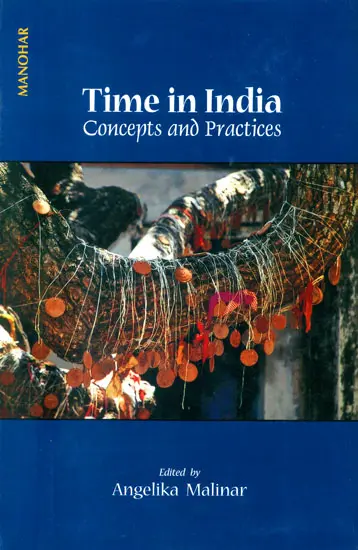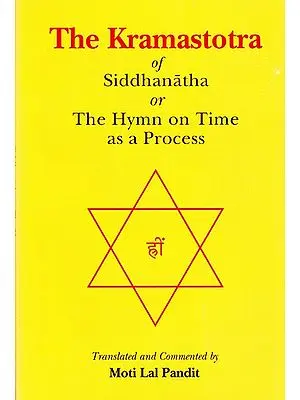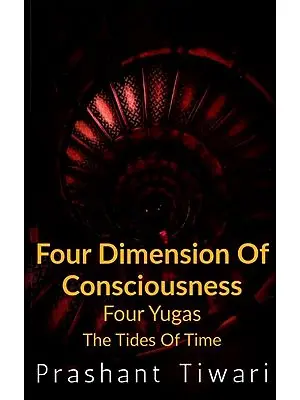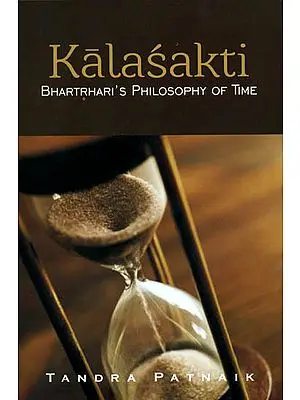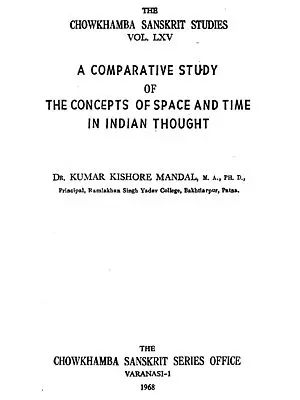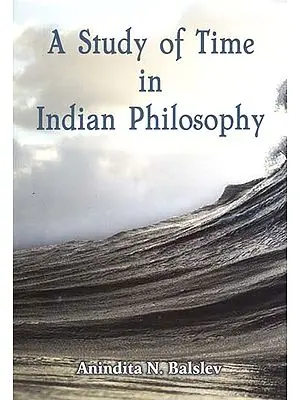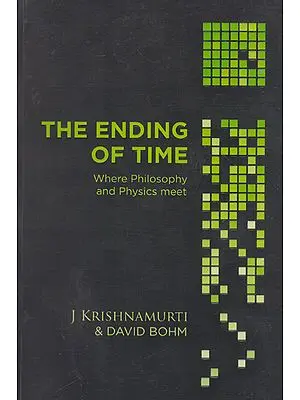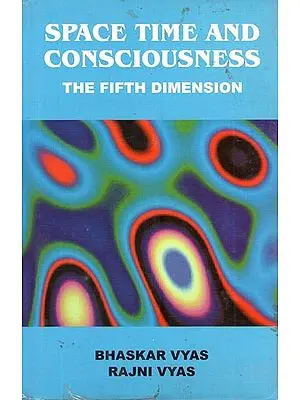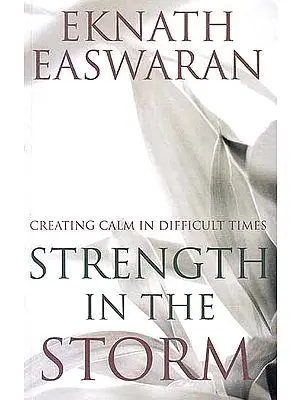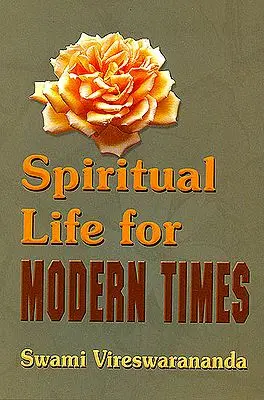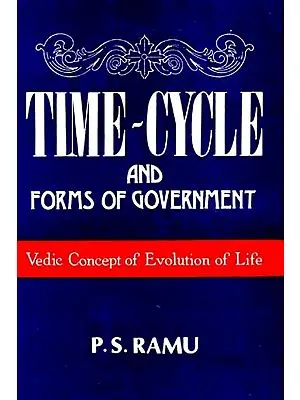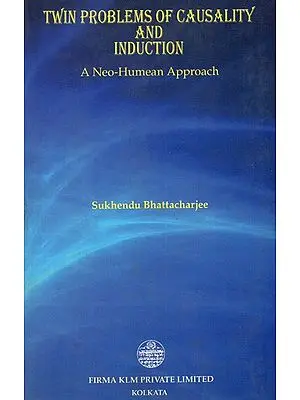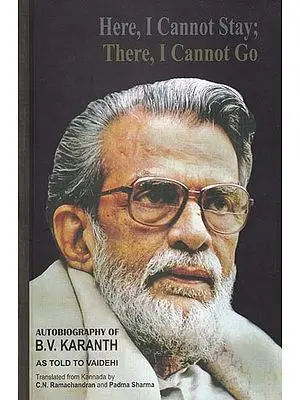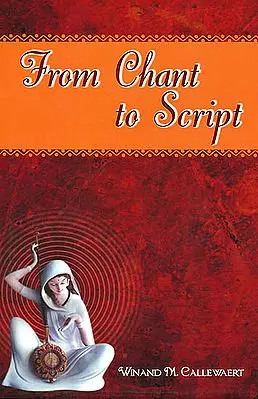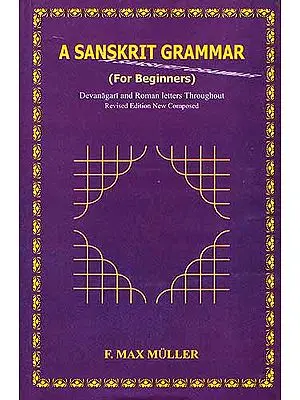Time in India (Concepts and Practices)
| Specifications |
| Publisher: Manohar Publishers And Distributors | |
| Author: Angelika Malinar | |
| Language: English | |
| Pages: 330 (4 B/W Illustrations) | |
| Cover: Hardcover | |
| 10.0 inch X 6.5 inch | |
| Weight 690 gm | |
| Edition: 2007 | |
| ISBN: 9788173047138 | |
| NAM957 |
| Delivery and Return Policies |
| Ships in 1-3 days | |
| Returns and Exchanges accepted with 7 days | |
| Free Delivery |
Thinking about notions of time in India still evokes images of circles and wheels symbolizing the fading away of collective and individual histories into the repetitious cyclical movement of cosmic death and rebirth. However time is perceived and reckoned in India in many different ways mirrored in a wide spectrum of philosophical and theological interpretations methods of calculation mythological narratives and ritual performances.
The richness of concepts and practices shows the concern for different dimensions of the experience of time in Indian cultures. The interplay between time as quality and quantity persists in many aspects of social life in India and has not been replaced by the advent of modern standardisations. Thus, ritual calendars and the concern for auspicious or inauspicious moments co-exist with other methods of time reckoning, such as the digital clock or dynastic eras.
The essays collected in this volume highlight this multiplicity by studying both notions and practices of time in relation to the different contexts in which they are enacted. Scholars from different disciplines address these topics with regard to history, religion methods of time-reckoning, festivals, life-cycle rituals, kinship and modern historiography. The essays deal with both, pan-Indian notions and traditions located in Orissa. While there are some distinct features that relate to Orissa in particular the regional and local traditions often draw on conceptual frameworks used in other parts of the subcontinent too.
Angelika Malinar is Lecturer in Hinduism at the School of Oriental and African Studies, University of London. Her research interest are Sanskrit Epics and Puranas, Hindu monasticism, Yoga and Samkhya. She is the author of Rajavidya: Das konigliche Wissen um Herrschaft and Verzicht. Studien zur Bhagavadgita (1996), and co-editor of Charisma and Canon: Essays in the Religious History of the India Subcontinent (2001).
Angelika Malinar
For many, Indian notions of time may evoke images of circles and wheels, of collective and individual histories vanishing into the endless, repetitious movement of cosmic death and rebirth. However, time is perceived in India in as many different ways as in other parts of the world. In India too, experiences relating to time have stimulated a wide spectrum of philosophical interpretations and speculations, theological doctrines and arguments, mythological narratives and ritual performances. Seen from the perspective of cultural studies, these can all be regarded as ‘cultural constructions’ and varieties of ‘social time’ that mirror different natural, historical or social contexts. Usually these constructions are nourished by what, in any given culture, are defined as manifestations of ‘real’ time. According to Leach most societies cope with two ‘different kinds of .experience: ‘(a) that certain phenomena in nature repeat themselves [and] (b) that life change is irreversible.
Thus, dealing with time means considering the passage of moments, the difference between ‘before’ and ‘after’, or the repetition of events and the return of the similar. Notions of time not only emphasise the continuity of a movement, but also discontinuity and destruction. They address the ambiguity ingrained in the experience of time as something that not only sustains life in the unstoppable and thus relatively certain movement from one moment to the other, but also disrupts it in experiences of change, loss or peak moments like initiation, revelation or ecstasy. Cultures have found different ways to relate to such experiences and to use them as elements of social order or markers of their internal and external boundaries. By drawing and reflecting on these different experiences humans ‘create time by creating intervals in social life’, thus integrating certain rhythms into the social order while excluding others. These rhythms of social order become manifest in both mythological and historical narratives, and ritual and artistic practices or methods of healing.
Social time is thus rarely uniform, but multi-layered and complex. One aspect of this complexity consists in the necessity of dealing with time in terms of quantity and quality. Events and moments are both counted and evaluated by referring to social values and natural rhythms.” Accordingly, different concepts of time can be distinguished, such as linear, cyclical, periodic or oscillating time, all of which serve to establish and classify relationships between events. These are not only regarded as being related in and through time, but rather their very relationship is regarded as time. Thus communicating about time is all about establishing relationships and memorizing them in a specific socio-cultural context. The relational quality of time serves as the basis of its many different interpretations. ‘Relational’ here means that time emerges as the relationship between two events, which is established by providing a third point of reference which serves to define the relationship.’ This is the case, for example, with ‘oscillating’ time: not only are there day and night, but these are also said to succeed each other and even to alternate, because they are regarded as ‘repeated contrasts’.
Seen from a more philosophical perspective, there are two fundamental ways of interpreting ‘time’ as a relationship between events, which have been coined the ‘A- and B- series’ views of time respectively. Recently, this distinction has entered fruitfully into discussions about time in different disciplines, and it can also be used as a referential framework for dealing with Indian notions of time. According to the A-series view, events are classified according ‘to their being at anyone time past, present or future events’. Such a classification must be regarded as ‘a structure of human time-consciousness, and thus a subjective-intersubjective structure, not a real one.’ Therefore it depends on agents and social contexts. In contrast to this, the B-series view categorizes events ‘temporally according to whether they occur before or after another. Events do not change with respect to this criterion in the way that they do with respect to the criterion of pastness, presentness and futurity.’ This distinction allows us to clarify the use of two different perspectives on time. The B-series view stresses the reality and irreversibility of events because of their position in a fixed sequence of events, as in physics or in establishing a historical chronology. The A-series view highlights the role of time- consciousness, thus permitting events to be qualified as past, present or future, irrespective of their position in any ‘real’ or ‘probable’ sequence. The A-series view takes account of change and development, but also of the freezing of time intervals in relation to the ‘present’, as in certain patterns of kinship. This view seems to be fundamental for all social usages of time, as it allows both quantitative and qualitative aspects of time to be described. In this way, life can be regarded as dynamic, as a process of ‘becoming’ and a sequence of passages through and in time. It also allows the present to be the axis of movement and to draw together all the relevant events, whether past or future, for example, when marriage alliances are being planned. However, there is an intrinsic relationship to the B-series view in that societies invariably regard themselves as being dependent on some insurmountable experience of a fixed, external or, in modem terms, ‘objective’ sequence of ‘before’ and ‘after’. This shows that the two views are by no means mutually exclusive. Rather, their interconnection helps the self-perception of a society vis-a-vis some ‘outside’ or ‘other’, whether natural or social, to be analysed.
The actual boundaries and corresponding notions of time depend on what a society regards as the natural or social ‘other’. For example, it is well known that in some cultures (as in India), mountains are regarded as important parts of the cosmos, even as divinities, which allow entry into the heavenly regions, while in others they are seen as ‘mistakes’ of creation, as in medieval Europe. The cultural differences in the exclusion or inclusion of other beings and thus their times and rhythms results in a variety of time concepts. The distinction between the so-called A- and B- series permits a more complex referential framework for individual cultural contexts and their comparative study. The different notions of time are not so much clues for a better understanding of time as such, but they are important as markers of a specific cultural construction or collective representation of the world.
Scholars have not only described the various constructions of time, they have also connected them with different historical contexts and types of society. Today, these different types not only co-exist on a global scale, but also in one and the same cultural sphere. This is also true for contemporary India, given that it is characterised by the co-existence of different social structures and corresponding world views, by what historian Reinhard Koselleck has called the ‘simultaneity of the non- simultaneous’. In India nowadays we find structures of modernity, characterised by market liberalization and social mobility, that exist side by side with social life ordered by the older, ‘traditional’ values of hierarchy and purity, both, in their turn, interacting further with the segmentary structures of the so-called tribal societies. The interplay between all these social formations produces complexity of various kinds, such as different time regimes. 16 These include world ages, eras, astronomical calculations and genealogical patterns of alternation which can be used in order to mark an event or confer a social position on an individual. We find combinations of different eras with other methods of time reckoning, such as the digital clock, side by side with lunar calendars when it comes to dating certain events. These calculations can again be related to notions of ‘auspiciousness’ or ‘danger’. We come across life- cycle rituals that mirror the view that the very passing of time results in a change in the quality of an individual’s life because it is intrinsically connected with time regimes enacted in other cosmic spheres. The interplay between time as quality and quantity persists in many aspects of social life in India, and modern standardisation has not yet completely succeeded in separating them. Thus time is not regarded as homogenous and equally available for everybody; rather, it is not only experienced differently by different people in different places, but also reckoned differently. These differences were and are used to mark social boundaries. However, this did not preclude the introduction of overarching time frames and methods of reckoning in pre-modern India also. In calculating and evaluating time, one had not only to account for differences between regions and social groups, but also to coordinate and integrate them. Therefore, the (mostly) brahmanical elites in India sought to establish unifying notions of time that would serve to connect the different time regimes. These notions can be regarded as the functional equivalent of modern ‘world time’, though they are not operated by mechanical or digital devices, but managed by specialists and thus embedded in social communication. One example of overarching concepts of time can be found in the construction of Indian cosmic time according to world ages” that allow dynastic histories of both pan-Indian and regional relevance to be accommodated. This ‘cosmic time’ served as medium of communication not only down the centuries, but also across different regions, local communities and social strata. Thus, in India to time appears as a ‘moving multiplicity that shows different faces in different mirrors.
The present volume is an attempt to highlight this multiplicity b studying both notions and practices of time in relation to the different contexts in which they are enacted. The papers collected in this volume are the proceedings of a conference that took place in 2002 on ‘Identities in Time’ in Salzau (Germany). The conference was planned and organized by Angelika Malinar, Heinrich von Stietencron and Cornelia Mallebrein in the context of the Orissa Research Programme, and brought together scholars from such different fields such as history, religious studies anthropology, literary studies and indology. Since most of these scholar work in Orissa, the essays present case studies from this region and thus contribute to the now well-established field of Orissan studies. However, although the essays by and large concentrate on Indian traditions locate in Orissa, the ‘red thread’ that connects them is not confined to what may be regarded ‘regional’ cultural constructions. While there are some distinct features that relate to Orissa in particular, it is clear that man regional and local traditions are deeply embedded in pan-Indian notion. However, these are interpreted and used in unique ways. The studies not only show the diversity of Indian notions of time, but also of the interplay of pan-Indian and regional traditions. Furthermore, the essays address thematic spectrum that has rarely been covered in this way, because the issue of time has so far been studied with regard to such different fields a history, religion, time-reckoning, festivals, rituals, kinship and the life cycle, and they even include further the consequences of the encounter between older forms of interpreting time and western historiography for the creation of social and individual identities. The connections between these different fields will be delineated below by pointing to some wider contexts of with the treatment of the time in Indian cultures.
| Acknowledgements | vii | |
| List of Contributors | ix | |
| Introduction | 1 | |
| IRREVERSIBILITY AND REPETITION: HISTORICAL CONSTRUCTIONS AND RELIGIOUS DISCOURSE | ||
| 1 | Time Concepts, Social Identities and Historical Consciousness in Early India | 23 |
| 2 | The King’s Own Time: The Anka System of Orissa | 39 |
| 3 | Interconnecting Parallel Times: Notions of Time in the Caitanya Tradition | 55 |
| 4 | Babas and Alekhs: Notes on Concepts of Time and Social Change in a Contemporary Ascetic Doctrine | 81 |
| RITUAL TIME AND LIFE-CYCLE: COLLECTIVE REPRESENTATIONS, INDIVIDUAL NEEDS | ||
| 5 | Rhythms of Life: Ritual Time and Historical Time | 99 |
| 6 | Time for Ritual: The Panjis of Puri and Jajpur Heinrich von Stietencron | 123 |
| 7 | Cosmic Time and its Influence on Rona Girls and Women | 137 |
| 8 | Children Sold and Thrown Away: Temporary Identifications in a Converging Tribal and Caste Society | 157 |
| 9 | Memory, Performance and the Regeneration of Society Among the Koya | 185 |
| COPING WITH MODERN HISTORIOGRAPHY: TIME AND THE PROBLEM OF IDENTITY | ||
| 10 | Manikesvari and Dokri: Changing Representations of Two Tribal Goddesses and the Dynastic Histories of Orissa | 203 |
| 11 | Casting a Glorious Past: Loss and Retrieval of the Of Chiki Script | 235 |
| 12 | Changing One’s Own Identity: The Role of Language in the Transformation of a Subregional Tradition | 265 |
| 13 | Imagined Chronologies: Perceptions of ‘Development’ as a Tool in Mapping Oriya Identity | 287 |
| Index | 315 |
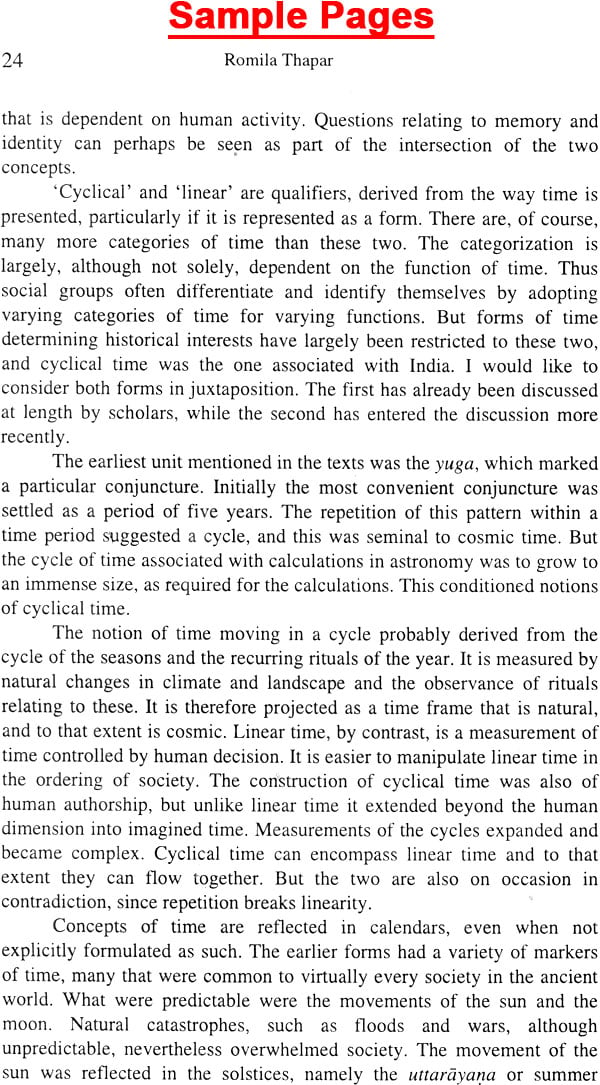
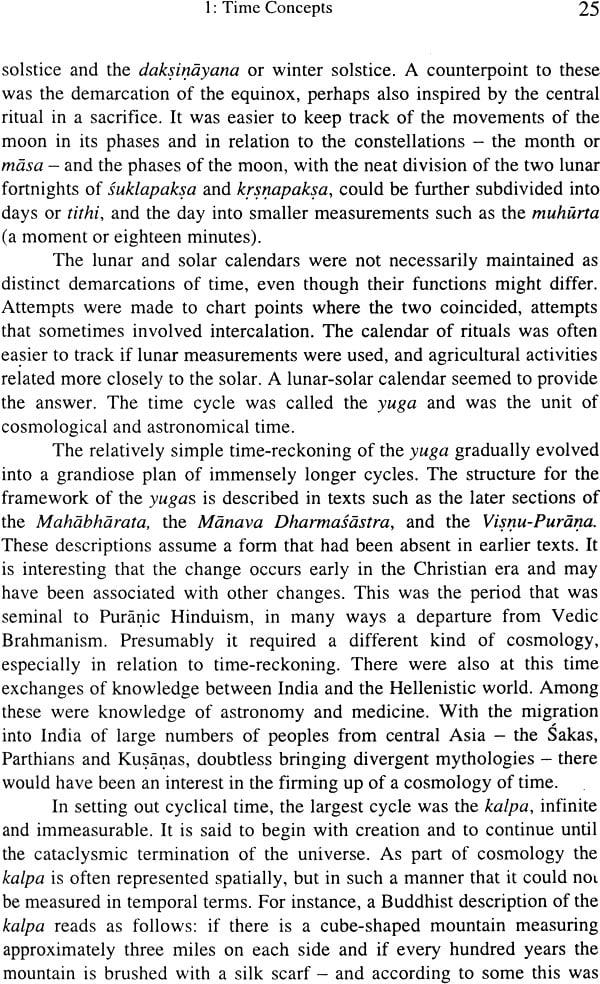

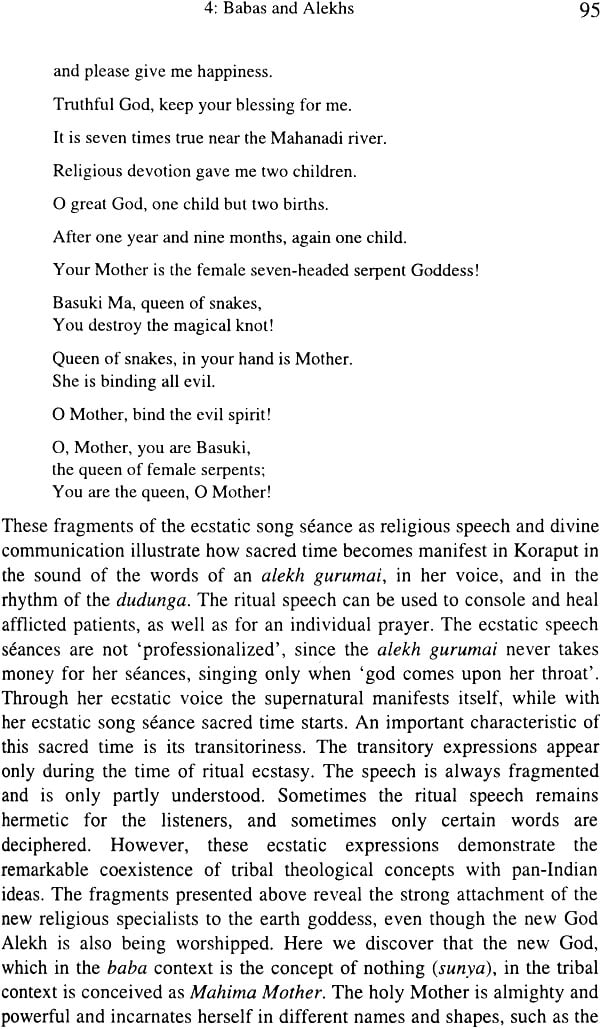

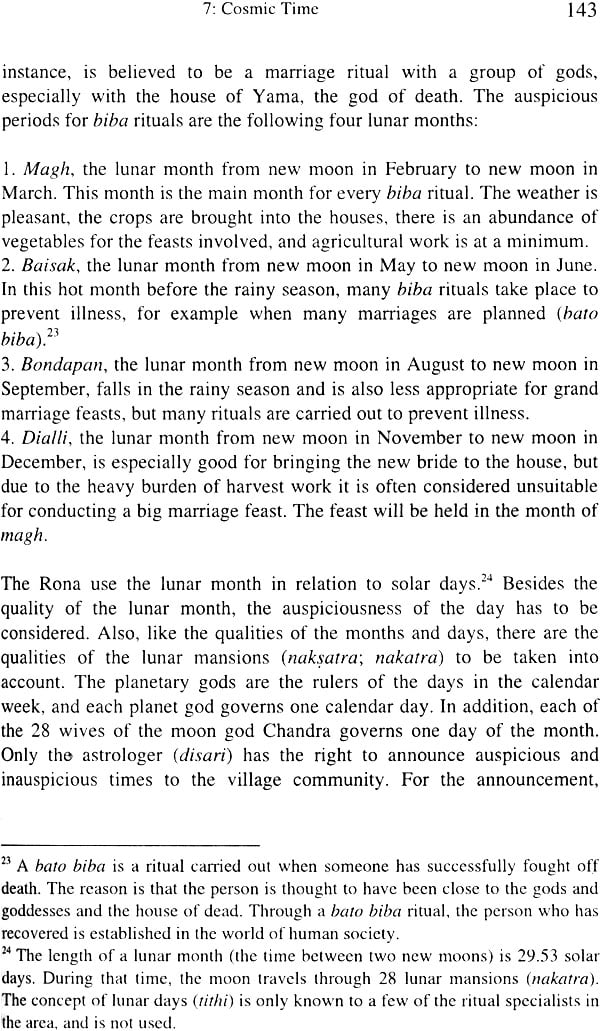
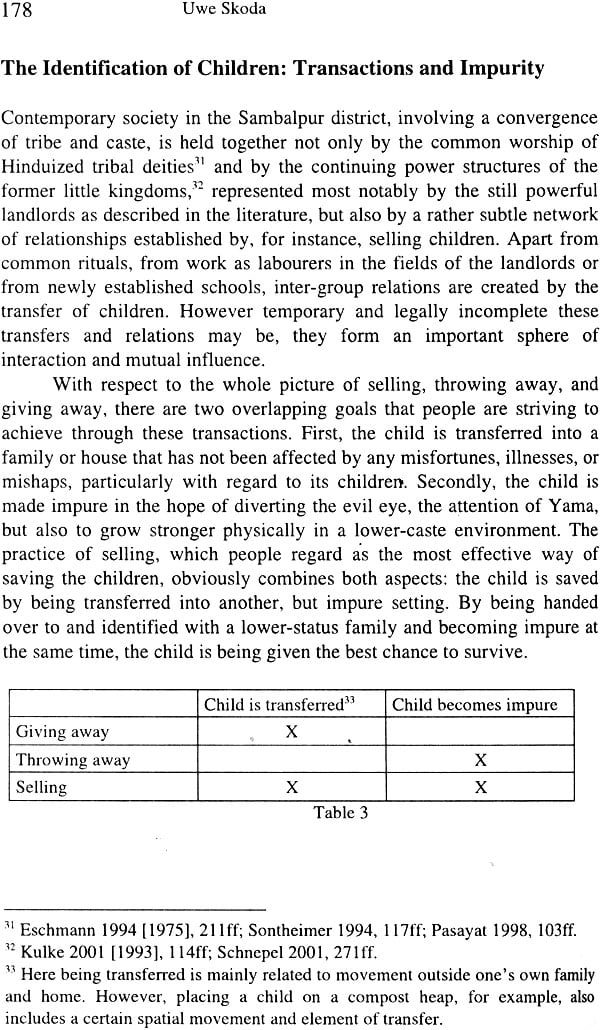
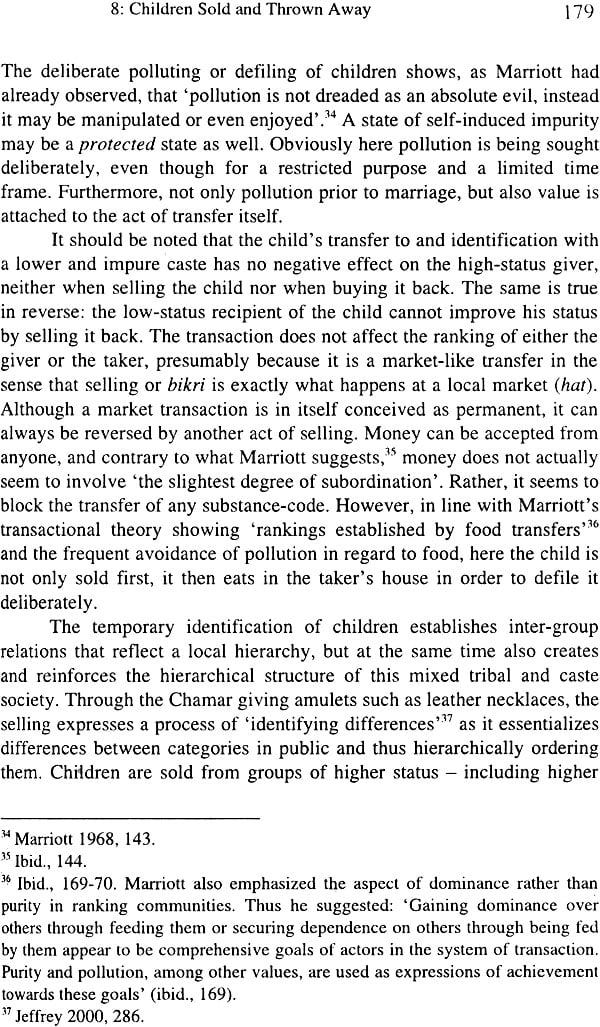
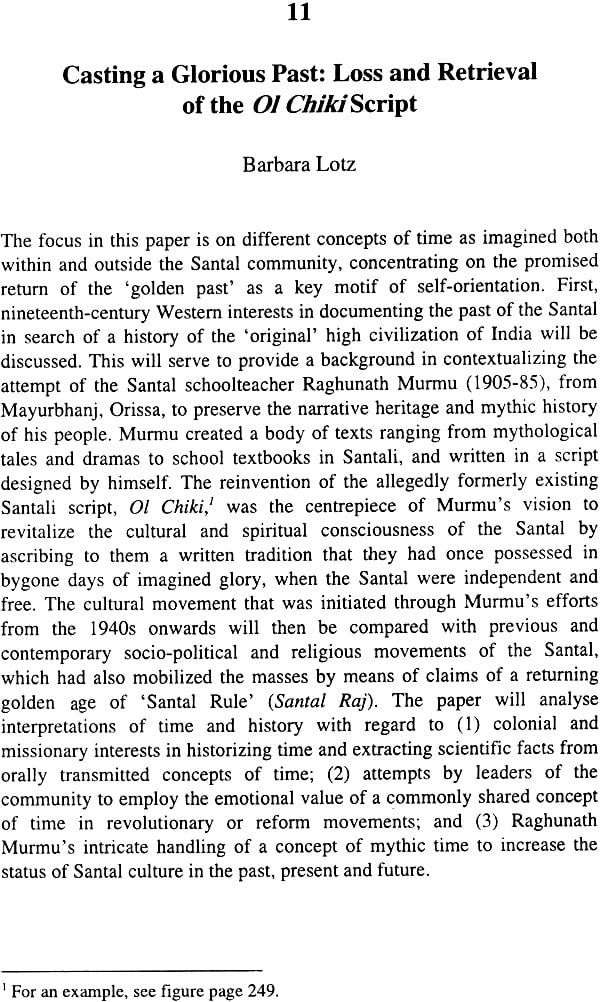

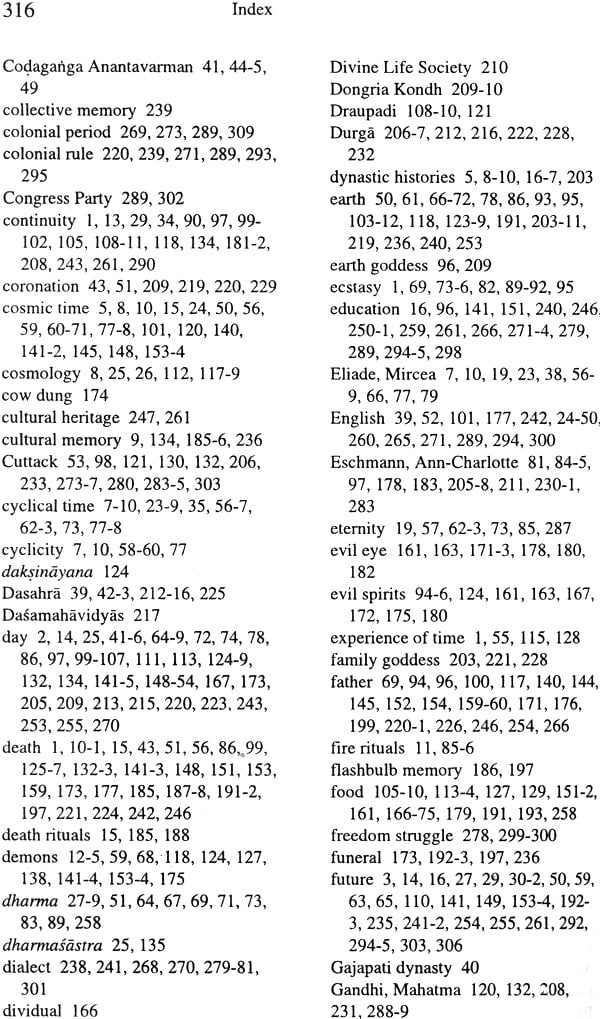
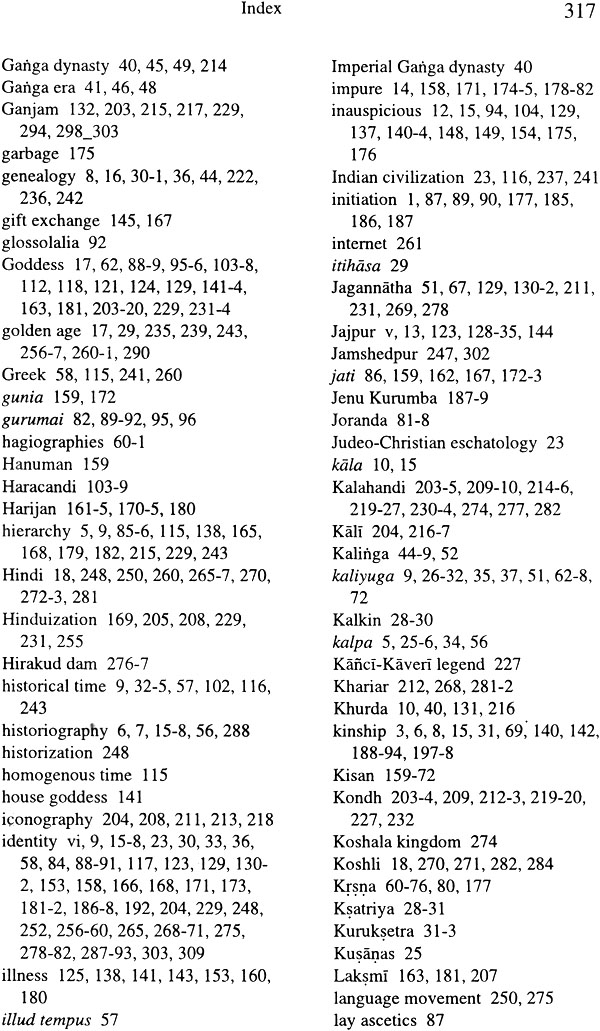
-
Q. What locations do you deliver to ?A. Exotic India delivers orders to all countries having diplomatic relations with India.
-
Q. Do you offer free shipping ?A. Exotic India offers free shipping on all orders of value of $30 USD or more.
-
Q. Can I return the book?A. All returns must be postmarked within seven (7) days of the delivery date. All returned items must be in new and unused condition, with all original tags and labels attached. To know more please view our return policy
-
Q. Do you offer express shipping ?A. Yes, we do have a chargeable express shipping facility available. You can select express shipping while checking out on the website.
-
Q. I accidentally entered wrong delivery address, can I change the address ?A. Delivery addresses can only be changed only incase the order has not been shipped yet. Incase of an address change, you can reach us at help@exoticindia.com
-
Q. How do I track my order ?A. You can track your orders simply entering your order number through here or through your past orders if you are signed in on the website.
-
Q. How can I cancel an order ?A. An order can only be cancelled if it has not been shipped. To cancel an order, kindly reach out to us through help@exoticindia.com.













